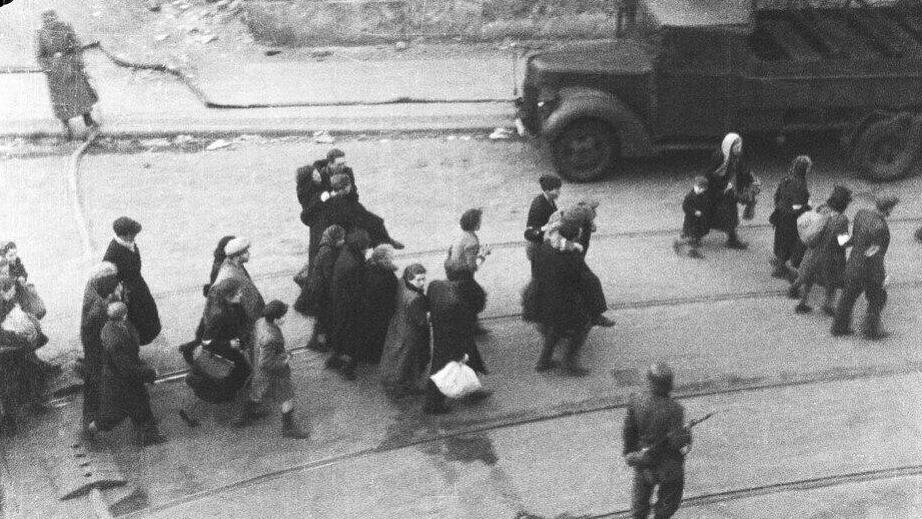Getting your Trinity Audio player ready...
Never before seen photographs from the Warsaw Ghetto Uprising were recently found in the home of a Polish firefighter, who was sent to extinguish the ghetto fires.
Nearly all known images of the uprising were taken by German officers, who photographed the event to report back to headquarters in Berlin.
5 View gallery
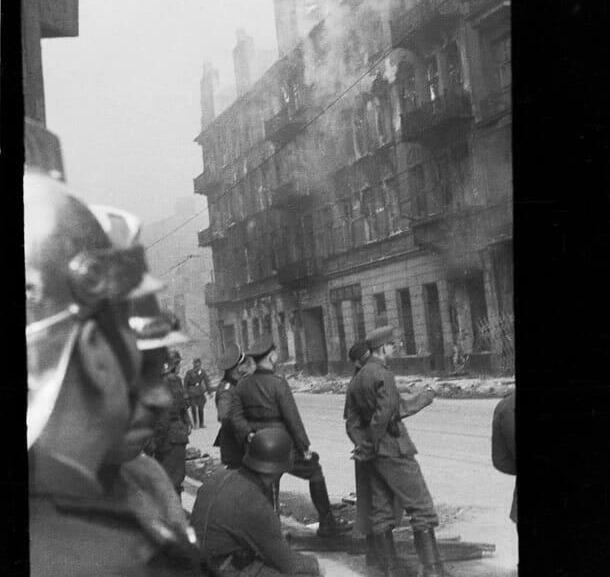

Photographs from the Warsaw Ghetto Uprising
(Photo: Z. L. Grzywaczewski/Archiwum rodzinne / Muzeum POLIN, newsweek)
Zvigniev Grzywaczewskii took dozens of pictures and hid the negatives in boxes in his home. Some were smuggled to the West and reached the Holocaust Memorial Museum in Washington, D.C.
The rest of the negatives were only found two months ago, when Grzywaczewski's son discovered them in his attic.
Grzywaczewski was a member of the Polish underground and a well-known activist in the solidarity movement, which eventually toppled communism in Poland in the 1980s.
The search for these pictures began with preparations for a special exhibition to be opened at the "POLIN Museum of the History of Polish Jews," to mark the 80th anniversary of the uprising.
5 View gallery
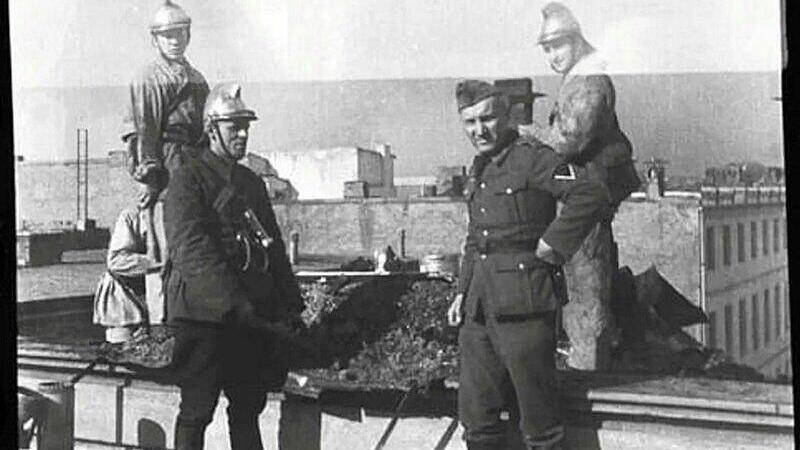

Polish firefighters
(Photo: Z. L. Grzywaczewski/Archiwum rodzinne / Muzeum POLIN, newsweek)
The first collection of uncovered photographs was published in the Polish edition of Newsweek.
The photos depict the burning ghetto with desperate, frightened, and hungry Jews marching toward the freight cars that would take them to the death camps. Polish families can also be seen, looking rather indifferent to the horrors taking place in their city.
5 View gallery
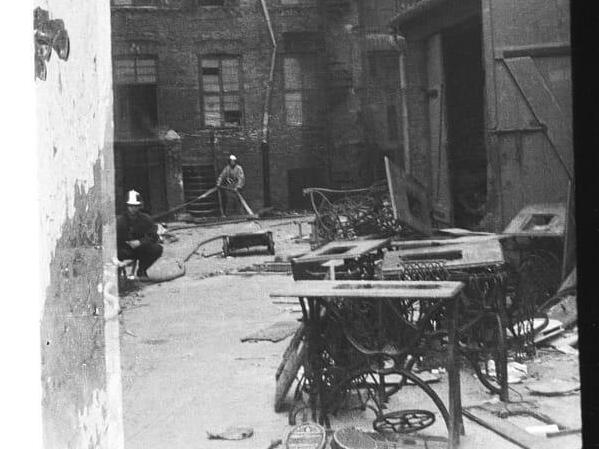

Photographs from the Warsaw Ghetto Uprising
(Photo: Z. L. Grzywaczewski/Archiwum rodzinne / Muzeum POLIN, newsweek)
The Warsaw Ghetto Uprising broke out on April 19, 1943, when about 750 young Jewish fighters, armed with just pistols and homemade firebombs, attacked a much larger and heavily armed German force. The Germans razed the ghetto and killed most of the fighters, except for a few dozen who managed to escape through sewage canals.
The fighters held out for nearly a month, longer than in similar attempts in other countries invaded by the Germans.
5 View gallery
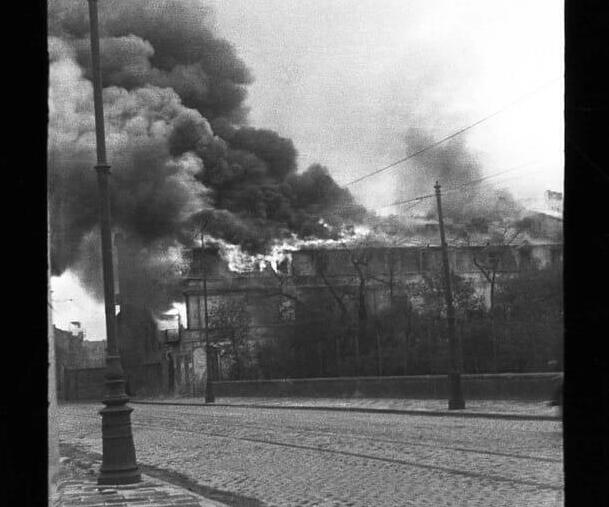

Photographs from the Warsaw Ghetto Uprising
(Photo: Z. L. Grzywaczewski/Archiwum rodzinne / Muzeum POLIN, newsweek)
As their final testaments, the Jewish fighters said they knew they were doomed, but wanted to die at a time and place of their own choosing.


